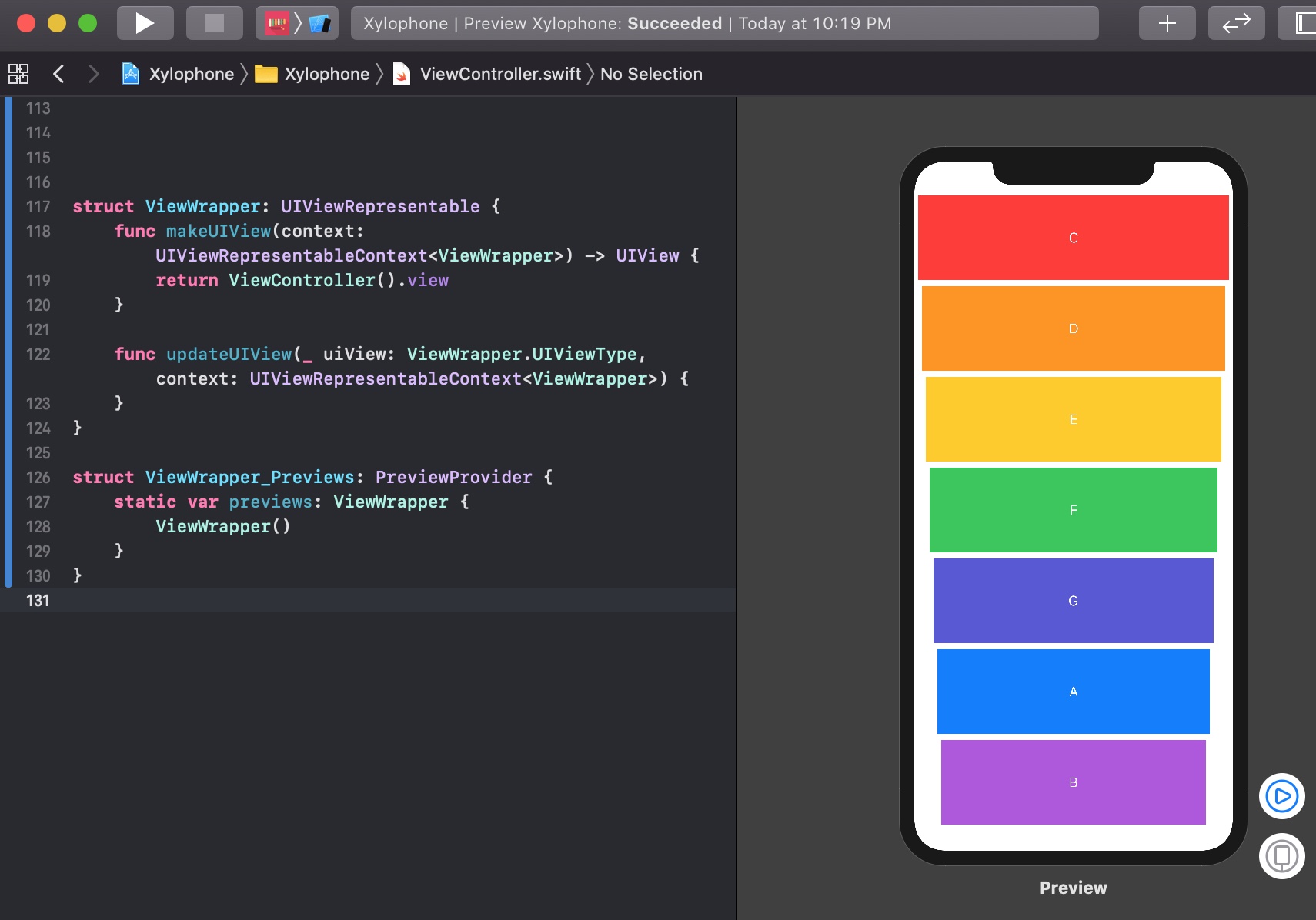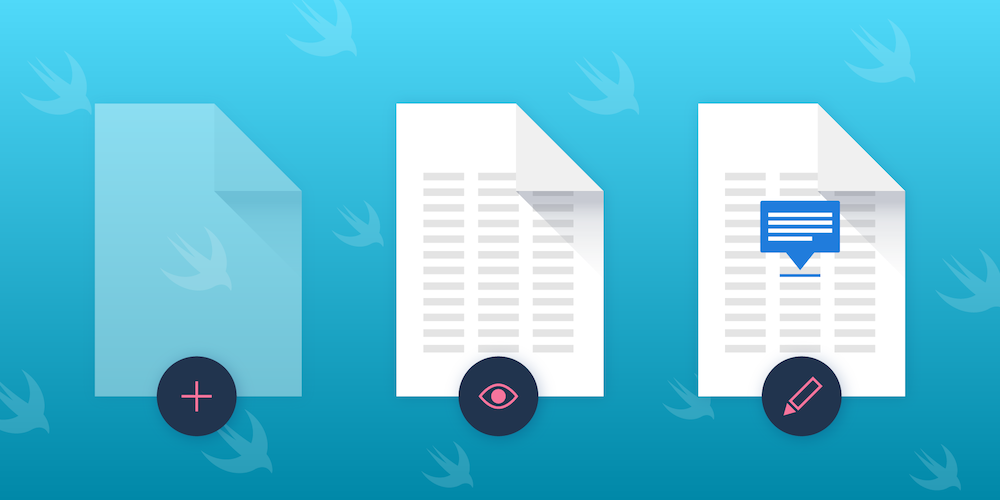

Pdfkit swiftui software#
THE SOFTWARE IS PROVIDED "AS IS", WITHOUT WARRANTY OF ANY KIND,ĮXPRESS OR IMPLIED, INCLUDING BUT NOT LIMITED TO THE WARRANTIES OF Relinquishment in perpetuity of all present and future rights to this We intend this dedication to be an overt act of Of the public at large and to the detriment of our heirs and Of this software dedicate any and all copyright interest in the In jurisdictions that recognize copyright laws, the author or authors
Pdfkit swiftui code#
To opt out of the copyright industry's game altogether and set your code free, put your next software project into the public domain using the following (un)licensing statement: This is free and unencumbered software released into the public domain.Īnyone is free to copy, modify, publish, use, compile, sell, orĭistribute this software, either in source code form or as a compiledīinary, for any purpose, commercial or non-commercial, and by any Life's too short, let's get back to coding.
Pdfkit swiftui how to#
How often have you passed up on utilizing and contributing to a great software library just because its open source license was not compatible with your own preferred flavor of open source? How many precious hours of your life have you spent deliberating how to license your software or worrying about licensing compatibility with other software? You will never get those hours back, but here's your chance to start cutting your losses. Why Use the Unlicense?īecause you have more important things to do than enriching lawyers or imposing petty restrictions on users of your code. It combines a copyright waiver patterned after the very successful public domain SQLite project with the no-warranty statement from the widely-used MIT/X11 license. If you look in viewDidLoad, the first method called is setup, which calls the following three functions.The Unlicense is a template for disclaiming copyright monopoly interest in software you've written in other words, it is a template for dedicating your software to the public domain.
Pdfkit swiftui pdf#
The project uses a sample PDF from Apple called "iOS Deployment Overview for Business". We'll start by adding basic support for loading and displaying PDF content. nextButton - Button used to navigate to the next page.

previousButton - Button used to navigate to the previous page.

We will use this to show and hide the sidebar. sidebarLeadingConstraint - The NSLayoutConstraint that binds the sidebar to the main view's leading edge.It supports vertical and horizontal layouts and allows users to navigate the document by selecting or panning the thumbnails. pdfThumbnailView - PDFThumbnailView automatically generates a set of thumbnails for the PDF's pages.The PDFView also maintains page history, so users can jump around in the document and you can support navigating that history. By default, users can select and copy text and pinch to zoom. pdfView - PDFView is the main class from PDFKit for displaying PDF content.The storyboard has five outlets which you can see in the "Outlets" section at the top of ViewController.swift. The structure is relatively simple, just a single view controller embedded in a navigation controller. The starter project has all of the storyboard setup and the general outline of our project. To get started, download the starter project here.

In this tutorial we'll see how easy it is to view PDFs, add page thumbnails, and navigate the document using PDFKit. Previously, viewing PDF files meant rendering each page yourself with Core Graphics and Core Text, using an indirect solution like UIWebView or QuickLook, or allowing the user to choose a third-party app that supports PDF viewing with a UIDocumentInteractionController. PDFKit has been available to Mac developers since 10.4, but with iOS 11 Apple brought its support for viewing, editing, and authoring PDFs to iPhone and iPad.


 0 kommentar(er)
0 kommentar(er)
